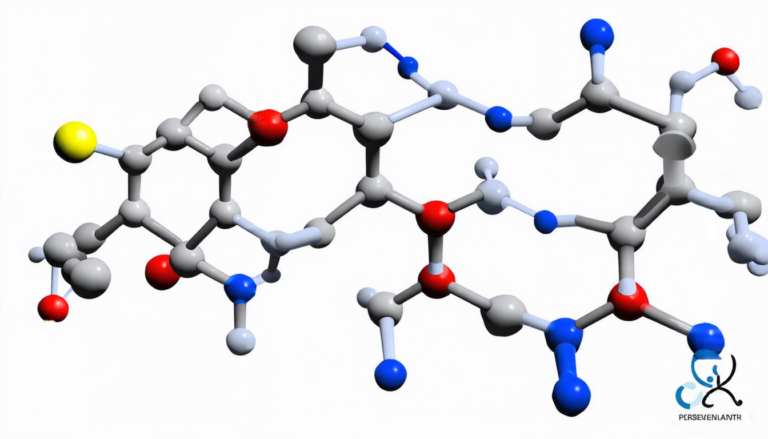Wednesday 26 March 2025
A new technique for editing genes in human cells has been developed, offering a faster and more efficient way to introduce specific changes into our DNA.
The approach, known as FAB- CRISPR, uses a combination of CRISPR-Cas9 gene editing technology and antibiotic resistance cassettes to rapidly select edited cells. This allows researchers to quickly identify which cells have undergone the desired genetic change, making it easier to study the effects of specific mutations on human biology.
The traditional method for introducing genetic changes using CRISPR-Cas9 involves a multi-step process that can be time-consuming and labor-intensive. First, scientists must design guide RNA (gRNA) sequences that direct the Cas9 enzyme to the desired location in the genome. Next, they must use PCR to amplify the region surrounding the target gene, and then clone the sequence into a plasmid. This plasmid is then introduced into cells using a virus or other delivery method.
Once inside the cell, the CRISPR-Cas9 complex cuts out the targeted section of DNA, allowing the cell’s repair machinery to fill in the gap. However, this process can be error-prone, leading to unwanted mutations or off-target effects.
FAB-CRISPR simplifies this process by incorporating antibiotic resistance cassettes into the HDR donor plasmid. These cassettes contain genes that confer resistance to antibiotics, which allows researchers to easily select for cells that have taken up the edited DNA.
To use FAB-CRISPR, scientists first design a gRNA sequence and amplify the target region using PCR. They then clone this sequence into an HDR donor plasmid containing the antibiotic resistance cassette. This plasmid is introduced into cells, where it is taken up by the cell’s machinery and incorporated into the genome.
Once the cells have been edited, researchers can select for those that contain the desired genetic change by growing them in media containing antibiotics. Cells that lack the edit will die off, leaving only those with the correct modification to thrive.
This approach has several advantages over traditional CRISPR-Cas9 methods. For one, it eliminates the need for PCR amplification and cloning, reducing the risk of errors and increasing efficiency. Additionally, FAB-CRISPR allows researchers to quickly identify edited cells, making it easier to study the effects of specific genetic changes.
The potential applications of FAB-CRISPR are vast.
Cite this article: “Accelerating Gene Editing with FAB-CRISPR: A Simplified and Efficient Approach”, The Science Archive, 2025.
Gene Editing, Crispr-Cas9, Fab-Crispr, Dna Editing, Genetic Modification, Antibiotic Resistance, Pcr Amplification, Cloning, Hdr Donor Plasmid, Gene Therapy







